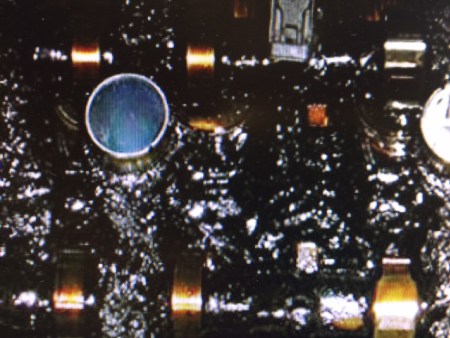Engine Sludge Is Easily Avoidable John Baker & Associates |Jul 24, 2019 4:20 PM Engine sludge. It’s a back gelatinous substance that wreaks havoc in engines. And long before the engine’s demise, engine sludge can foul engine sensors and interfere with performance. Some mechanics call it the “black death.” How does motor oil, which is […]
You are browsing archives for
Tag: alkaline
How Engine Sludge Forms. And How To Prev...
How Engine Sludge Forms. And How To Prevent It. Ed Newman|Mar 08, 2017 2:10 PM Sludge. It’s a disgusting phenomenon. Even the word sounds gross, like the thing it’s describing. The word for this is onomatopoeia, a strange word that many of us learned in high school English class. Splash. Grunt. Whoosh. Swish. Hiss. Frumpy. […]

